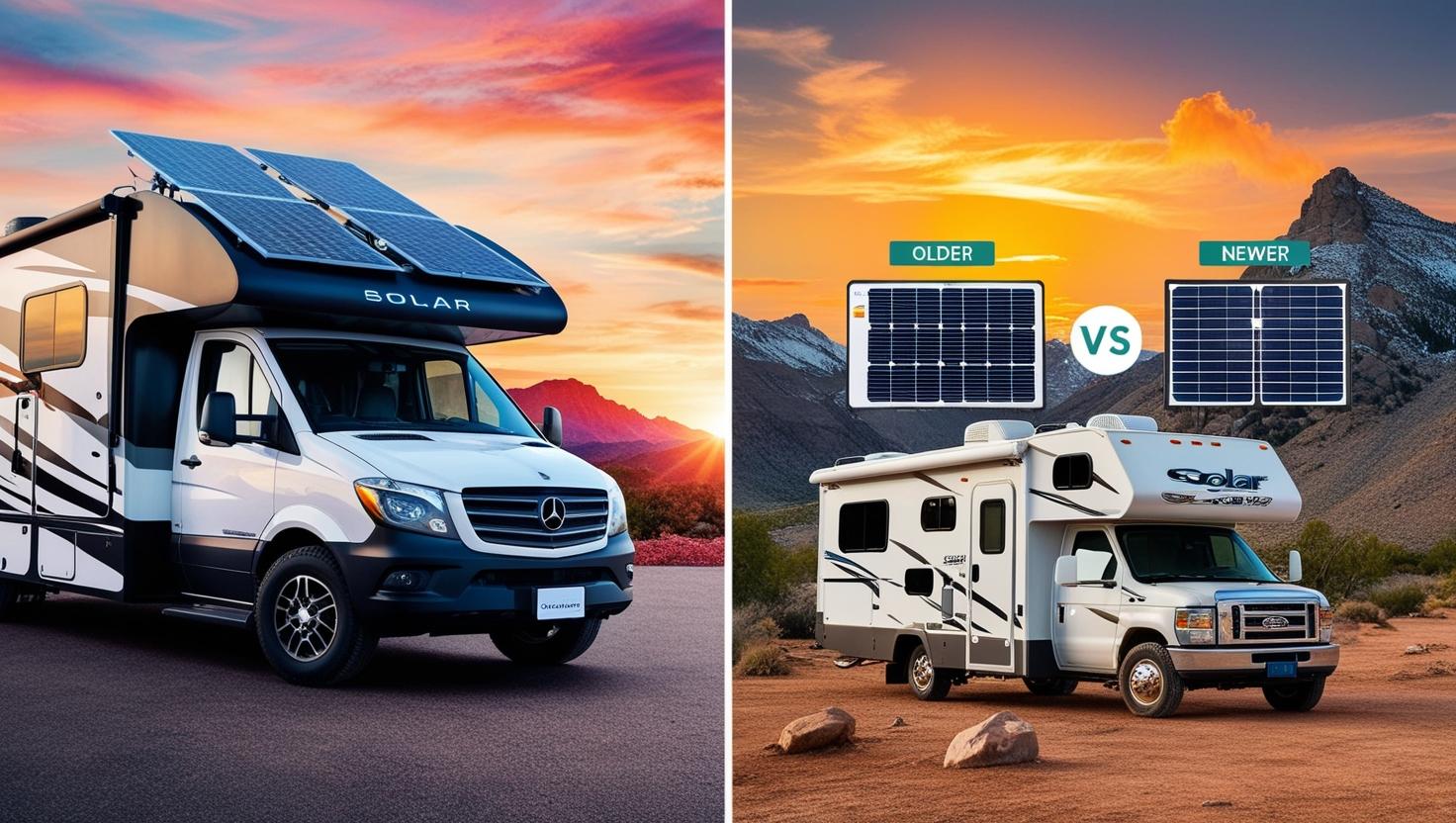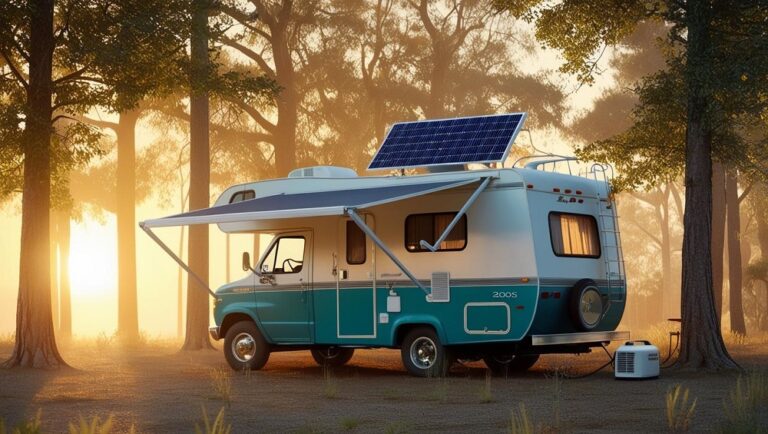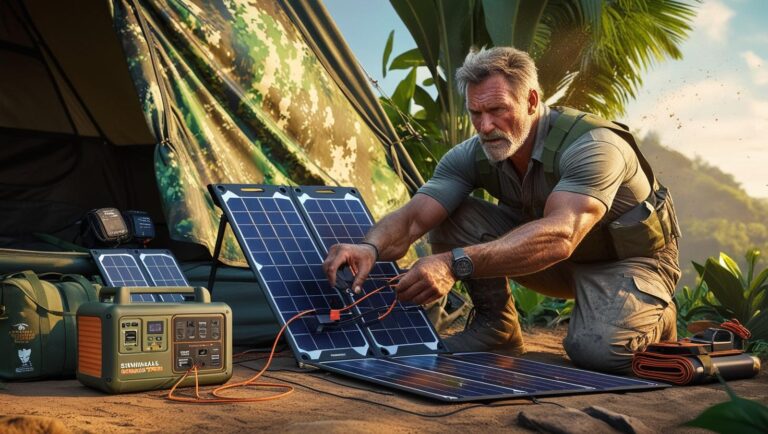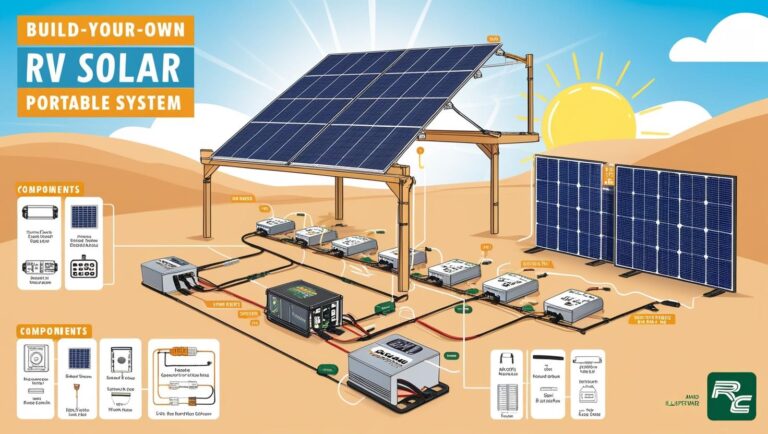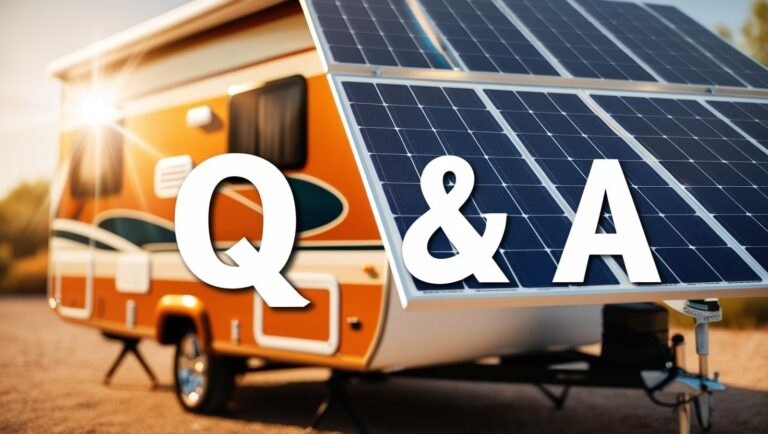2005 vs. 2024 RV Solar Panels: A Huge Leap Forward
2005 vs. 2024 RV Solar Panels: Why the Difference is Massive
Solar technology doesn’t improve in tiny yearly steps—it evolves in generational leaps every 10-15 years. That’s why comparing 2005 vs. 2024 is far more meaningful than looking at minor year-to-year tweaks (like 2024 vs. 2025).
If you’re still using an RV solar setup from the early 2000s, you might be shocked to learn just how much solar technology has advanced. The difference between 2005 and 2024 RV solar panels isn’t just incremental—it’s a complete transformation in efficiency, durability, and affordability.
But why compare 2005 vs. 2024 instead of, say, 2023 vs. 2024? Because solar tech evolves in generational leaps, not tiny yearly tweaks. The real revolution happened over the past two decades, making 2005 panels look like ancient relics compared to today’s options.
Here’s what changed—and why it matters for RVers.
(For context on how solar became mainstream, see: Solar’s RV Big Break)
1. Efficiency: From “Barely Enough” to “More Than You Need”
2005 Panels:
- 12-15% efficiency (polycrystalline)
- 100-150W per panel
- Needed 3x more space for the same power
2024 Panels:
- 20-23% efficiency (monocrystalline + PERC)
- 400W+ per panel
- Flexible options for curved RV roofs
📊 Comparison Table
| Metric | 2005 | 2024 | Improvement |
|---|---|---|---|
| Efficiency | 12-15% | 20-23% | +50% |
| Wattage | 100-150W | 300-450W | 3x more |
| Space Needed | 15 sq ft | 5 sq ft | 70% less |
Why This Matters:
A single 2024 400W panel replaces three 2005-era panels—freeing up roof space for gear or more power.
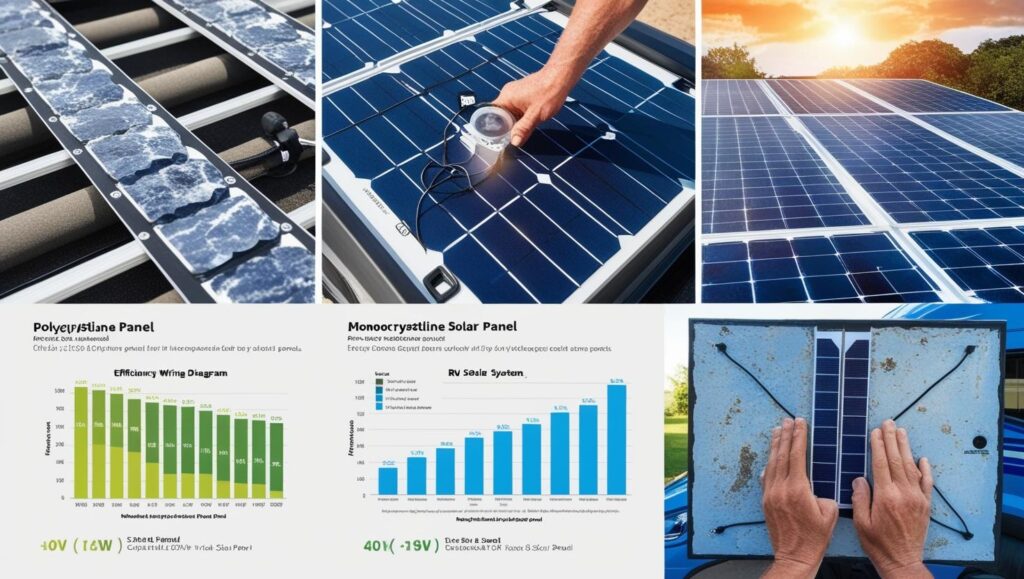
2. Technology: From Fragile to Rugged
2005 Weaknesses:
- Thick glass panels (cracked on rough roads)
- PWM charge controllers (wasted 30% energy)
- No lithium battery compatibility
2024 Strengths:
- Flexible panels (vibration-resistant)
- MPPT controllers (30% more efficient)
- Plug-and-play lithium support
Real-World Impact:
- No more system failures from one shaded panel
- Batteries last 2-3x longer with modern charging
3. Cost: From “Luxury” to “No-Brainer”
📉 Price Drop Over 20 Years
| Year | Cost per Watt | Notes |
|---|---|---|
| 2005 | 5−5−10 | Rarely affordable |
| 2024 | 0.50-1.50 | After tax credits |
Why So Cheap Now?
- Mass production slashed costs
- 26% federal tax credit (until 2032)
- Competition improved quality
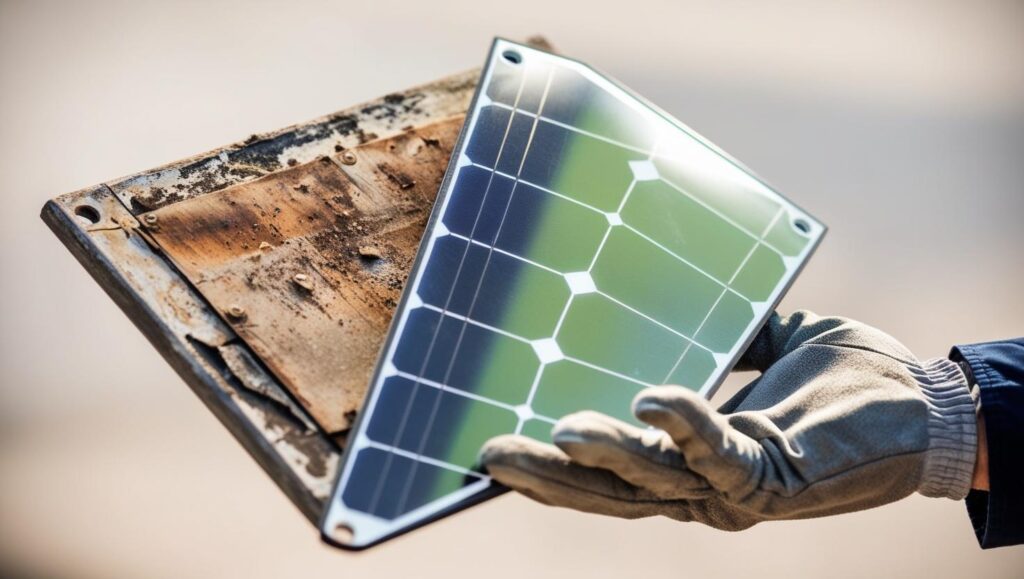
4. Should You Upgrade?
Upgrade if:
✅ Your panels are 15+ years old (30%+ efficiency loss)
✅ You’re adding lithium batteries
✅ You need more power without more panels
Keep if:
✔ Your system meets your needs
✔ You’re not switching to lithium
Final Verdict
The jump from 2005 to 2024 is like swapping a flip phone for a smartphone—it’s not just better, it’s a different category of technology.
(Explore more in our RV Solar Hub)
